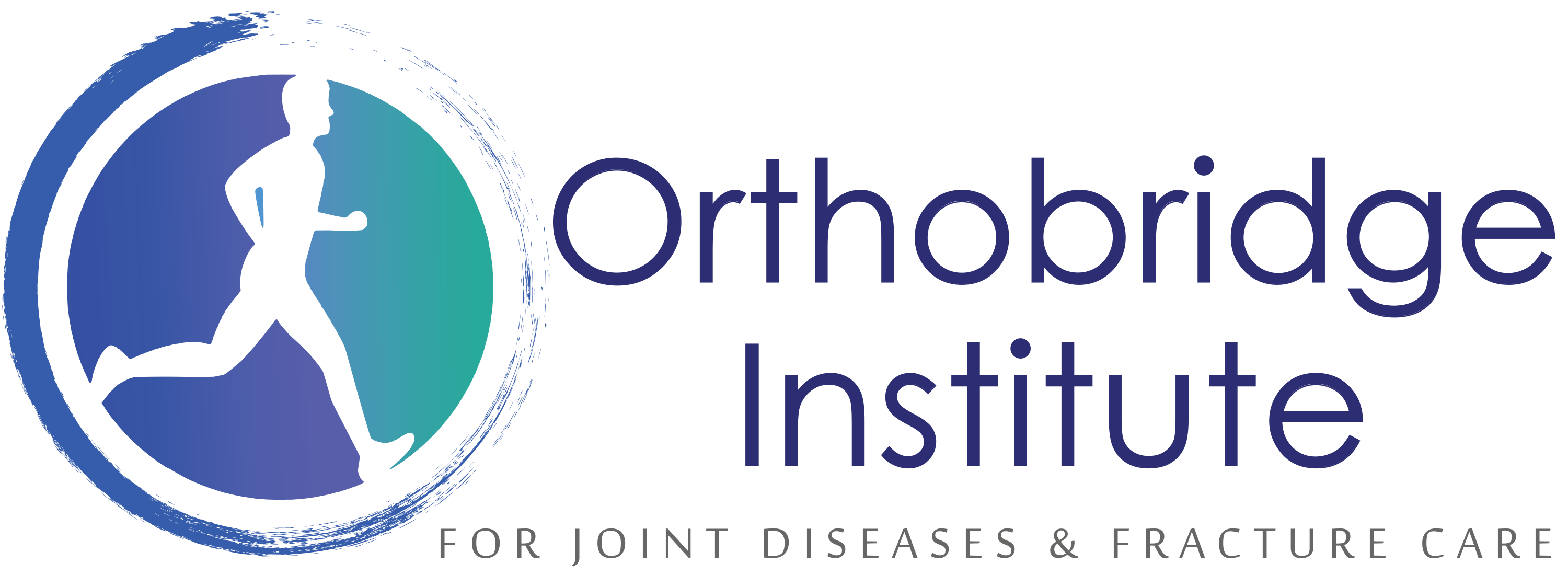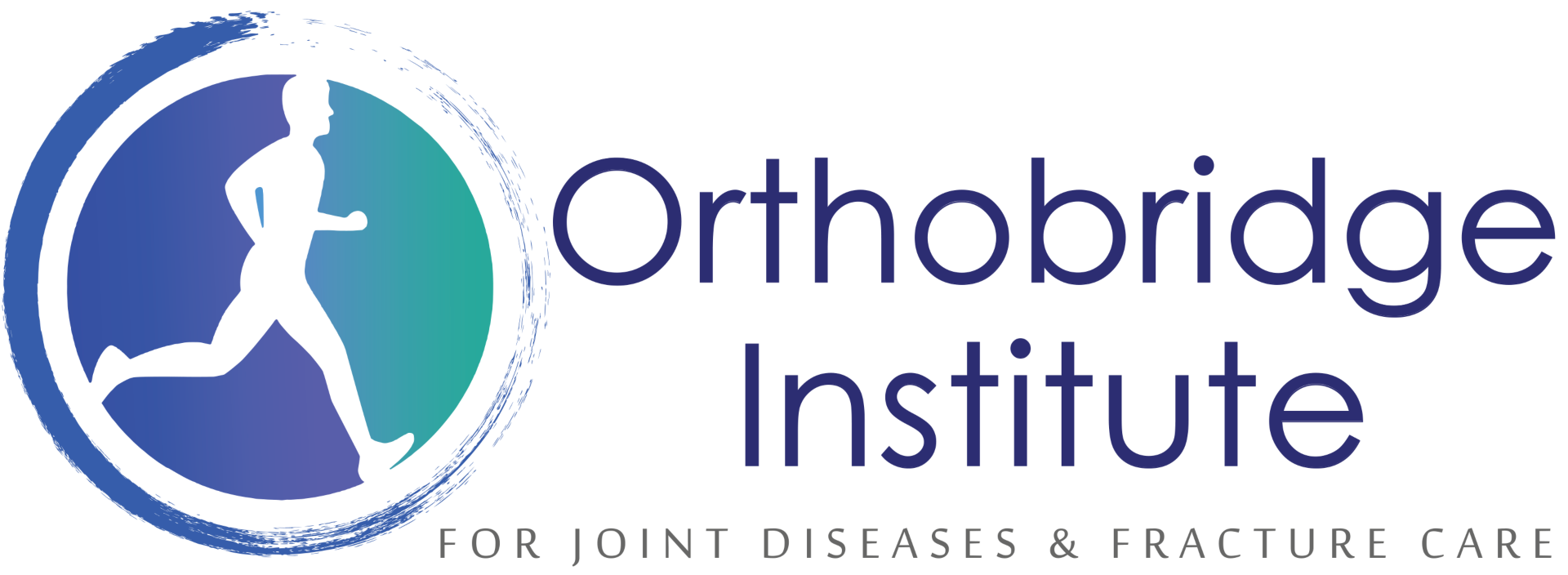Leg Length Discrepancy
A multidisciplinary approach to diagnose and treat limb and length disorders at Orthobridge Orthopedic Centre in Kenya.
Quality Leg Length Discrepancy Treatment in Kenya
Leg length discrepancy (LLD), also known as anisomelia, is defined as a condition in which the paired lower extremity limbs have a noticeably unequal length. This difference may simply be a mild variation between the two sides of the body.
Leg length discrepancy is an orthopedic problem that usually appears in childhood, in which a child’s two legs are of unequal lengths. It can also appear as a result of an injury or illness that causes damage to the growth plate.

Most people have some degree of limb length discrepancy, but larger differences can affect well-being and quality of life by keeping you from participating in the activities you like.
If you suffer from leg length discrepancy or know someone who does, Col (Dr) Adari, an othopedic surgeon in Kenya at Orthobdridge Orthopedics Centre in Kenya could be the solution you are looking for an appropriate treatment that could help alleviate the pain.
Types of Leg Length Discrepancy
A functional leg length difference occurs when the actual length of the limbs is the same, however, the legs appear to be different lengths due to posture. Functional leg length differences usually occur as a result of muscle weakness or inflexibility at the pelvis or foot and ankle complex.
A structural leg length difference is when the limbs are anatomically different in length, this means that either one or all of the bones that form the leg (tibia) and thigh (femur) are longer on one side when compared to the other leg.

Uneven or curved surfaces can all cause environmental LLD. The asymmetric nature of the legs in relation to hips and back causes the center of gravity to shift from its natural position.
This then results in the body attempting to compensate by either tilting the pelvic areas towards the shorter side, increased knee flexing on the longer side, flexion of the ankle plantar, and foot supination towards the shorter side.
What Causes Leg Length Discrepancy?
- Congenital – With congenital cases, limb length discrepancy is apparent at birth. Generally, the length of the discrepancy is greater, and it increases progressively over time.
- Developmental – Caused by childhood illness or a growth plate injury, developmental cases result in a discrepancy that appears over time, as the injury or illness slows the growth of one leg.
- Post-traumatic – Fractures and other traumatic injuries to the bone may heal incorrectly, causing one leg to be shorter than the other; however, in some cases, these injuries can also speed up the growth of the injured leg.

- Bone tumors – Both bone tumors and the treatments designed to eradicate them can affect bone growth. This occurs if the illness happens in infancy. Such as osteochondromas which form near the actively growing ends of long bones.
- Bone diseases/dysplasias – Certain bone diseases may cause limb length discrepancy, including neurofibromatosis and multiple hereditary exostoses.
- Other causes of leg length discrepancy include neurologic conditions, multiple hereditary exostoses, polio, infection, radiation, cerebral palsy, spina bifida, and clubfoot, and conditions that cause inflammation of the joints during growth, such as juvenile arthritis.
Signs & Symptoms of Leg Length Difference
The effects of limb length discrepancy vary from patient to patient, depending on the cause and size of the difference.
The signs and symptoms of a leg length difference may include:

Diagnosis of Leg Length Discrepancy
The foot and ankle specialist in Kenya will conduct a thorough physical examination to assess you for the limb length difference. The assessment will provide necessary information to form a diagnosis as to the cause of your leg length difference and the treatment most suitable for you.
Physical examination
During the exam, your doctor will ask about your general health, medical history, and symptoms. In case your child is suffering from leg length discrepancy, the specialist will then perform a careful examination, observing how your child sits, stands, and moves.
In most cases, the doctor will measure the discrepancy when your child is standing barefoot.
During the examination, your doctor will closely observe the gait (the way one walks). Young children may compensate for a limb length discrepancy by flexing their knees or walking on their toes.

Other tests include imaging tests such as:
- An x-ray provides images of dense structures, such as bone. If your doctor needs a more precise measurement of the discrepancy, he or she may order x-rays of your legs.
- Sonograms. This is a special type of x-ray that uses a series of three images and a ruler to measure the length of the bones in the legs. Your doctor may order a sonogram instead of, or in addition to, a traditional x-ray.
- Computerized tomography (CT) scans. These tests can provide a more detailed image of the bone and soft tissue in the legs. They enhance the proper measurement of leg length discrepancy.
If LLD occurs to your child, your doctor may repeat the physical examination and imaging studies every six months to a year to see if the discrepancy has increased or remained the same.
Leg Length Discrepancy Treatment Options
Limb length discrepancy does not cause a problem for everyone who has it.
When limb length discrepancy does cause limping or pain or keeps you from participating in the activities you like, Col (Dr) Adari, an orthopedic surgeon in Nairobi, Kenya provides you with successful treatment options, risks, and benefits in more detail.
Non – surgical treatment
For patients with minor limb length discrepancies (less than 1 inch) and no deformity, treatment is usually non-surgical in nature. Because the risks of surgery may outweigh the benefits, surgical treatment to equalize small differences in leg length is not usually recommended.
If your child has not reached skeletal maturity yet, your doctor may recommend simple observation until growth is complete. During this time, your child will be re-evaluated at regular intervals to determine whether the discrepancy is increasing or remaining the same.
A lift fitted to the inside or outside of the shoe can also improve a patient’s ability to walk and run. A shoe lift may also relieve back pain caused by a smaller limb length discrepancy (less than 5 cm).

Surgical treatment options are generally used for limb length discrepancies greater than 5 cm.
They are designed to slow down or stop the growth of the longer limb, shorten the longer limb, or lengthen the shorter limb.
- Bone growth restriction (epiphysiodesis, or growth arrest) is often successful when performed at the right time in adolescence, but it may cause short stature. It can be used to slow down or stop growth at one or two growth plates in the longer leg.
- Bone shortening is more predictable than epiphysiodesis, but it has a much longer recovery period. The doctor removes a section of bone from the middle of the longer limb, then inserts metal plates and screws or a rod to hold the bone in place while it heals.
- Leg lengthening procedures are usually reserved for patients with significant discrepancies in length. They may allow patients to achieve their full height potential.
Expert Care with Col (Dr) Adari, An Orthopedic Surgeon in Kenya
The benefits of the above treatments for leg length discrepancy are achieved by improving the mechanics of the foot and lower limb, allowing the body to move efficiently.
The top-rated orthopedic surgeon in Nairobi, Col (Dr) Adari offers solutions to your physical limitations to relieve pain and discomfort associated with LLD, reduce muscle tightness, improve muscle strength and posture enabling you to return to the activities you enjoy.
Hear from some of our patients
Out of country patients
Because of Col (Dr) Adari’s extensive training and experience in elbow arthroscopy, patients travel from all areas of the world for their elbow arthroscopy in Kenya.
If you are an out of the country patient, feel free to let us know so we can accommodate an appropriate time for your consultation with Col (Dr) Adari.
Col (Dr) Adari is known as a top-rated orthopedic & trauma surgeon for elbow arthroscopy in Nairobi, Kenya, and across East Africa, Central Africa, and West Africa.
If you are work – traveling expatriate on diplomatic missions, feel free to contact us so we can accommodate an appropriate time best suited to you for your consultation with Col (Dr) Adari.
Contact us today to reserve your consultation, we are more than happy to assist you with any queries you may have prior to seeing the doctor.
Our Affiliations










